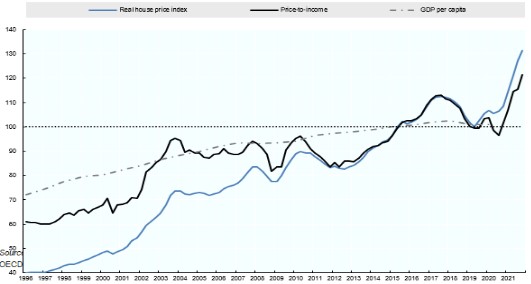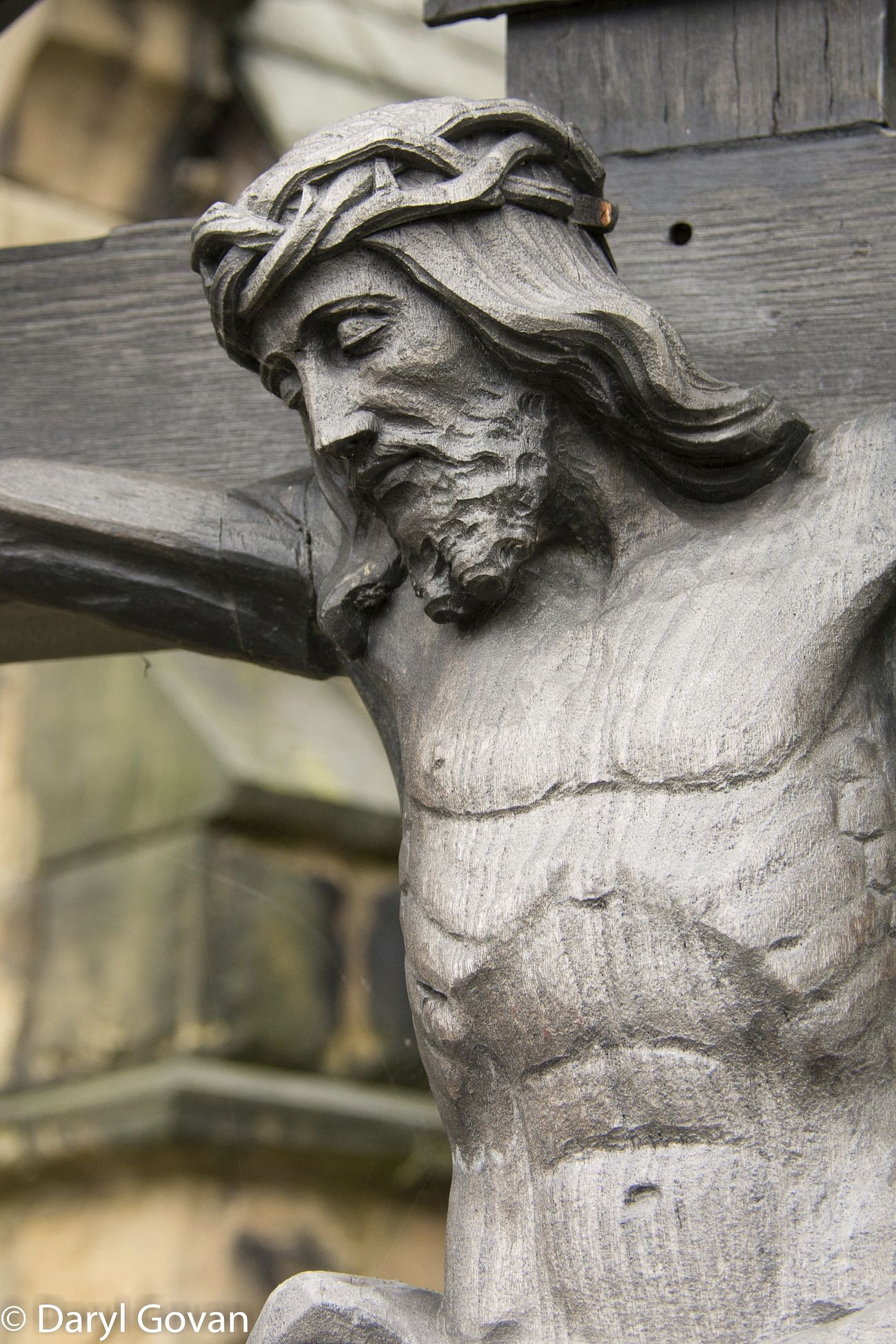
Ancient historians like Richard Carrier have cast serious doubt upon the actual historicity of Jesus Christ. There are no indisputable verifiable sources for the existence of Jesus of Nazareth. Ancient historian doubts evidence for Jesus Christ and makes solid case for the alternative. Of course, two millennia of Christianity would and does take exception to any questions about its veracity. Having studied ancient history over many years myself at university I know what Richard Carrier is talking about and the high likelihood that he may be correct in his evaluation of the situation. It is very brave of Carrier to take on the vast levels of vested interests in the whole Christian edifice. Most historians lack the courage to follow such a dangerous and financially unsupported path.

Slippery Sources Don’t Stand Up To Scrutiny For Ancient Historian
The whole Jesus thing does not make sense when you examine the extent evidence on historical and archaeological grounds. Quite separate from the basic scientific fact that there is no verifiable evidence for the existence of any God, the complete lack of any records pertaining to the life of Jesus of Nazareth is pretty damning. Josephus makes mention of a Jesus:
“There was about this time Jesus, a wise man, if it be lawful to call him a man, for he was a doer of wonderful works—a teacher of such men as receive the truth with pleasure. He drew over to him both many of the Jews, and many of the Gentiles. He was Christ; and when Pilate, at the suggestion of the principal men amongst us, had condemned him to the cross, those that loved him at the first did not forsake him, for he appeared to them alive again the third day, as the divine prophets had foretold these and ten thousand other wonderful things concerning him; and the tribe of Christians, so named from him, are not extinct at this day (Antiquities 18:3:3).”
This is obviously a fraudulent insertion by a later Christian, as it is completely out of character with everything else Josephus wrote and thought. Unfortunately, this kind of thing just puts the whole Christian thing in a bad light and it is by no means the lone example of such fraudulent behaviour by Christian apologists.
“Festus was now dead, and Albinus was but upon the road; so he [Ananus] assembled the Sanhedrin of judges, and brought before them the brother of Jesus, who was called Christ, whose name was James, and some others; and when he had formed an accusation against them as breakers of the law, he delivered them to be stoned (Antiquities 20:9:1).”
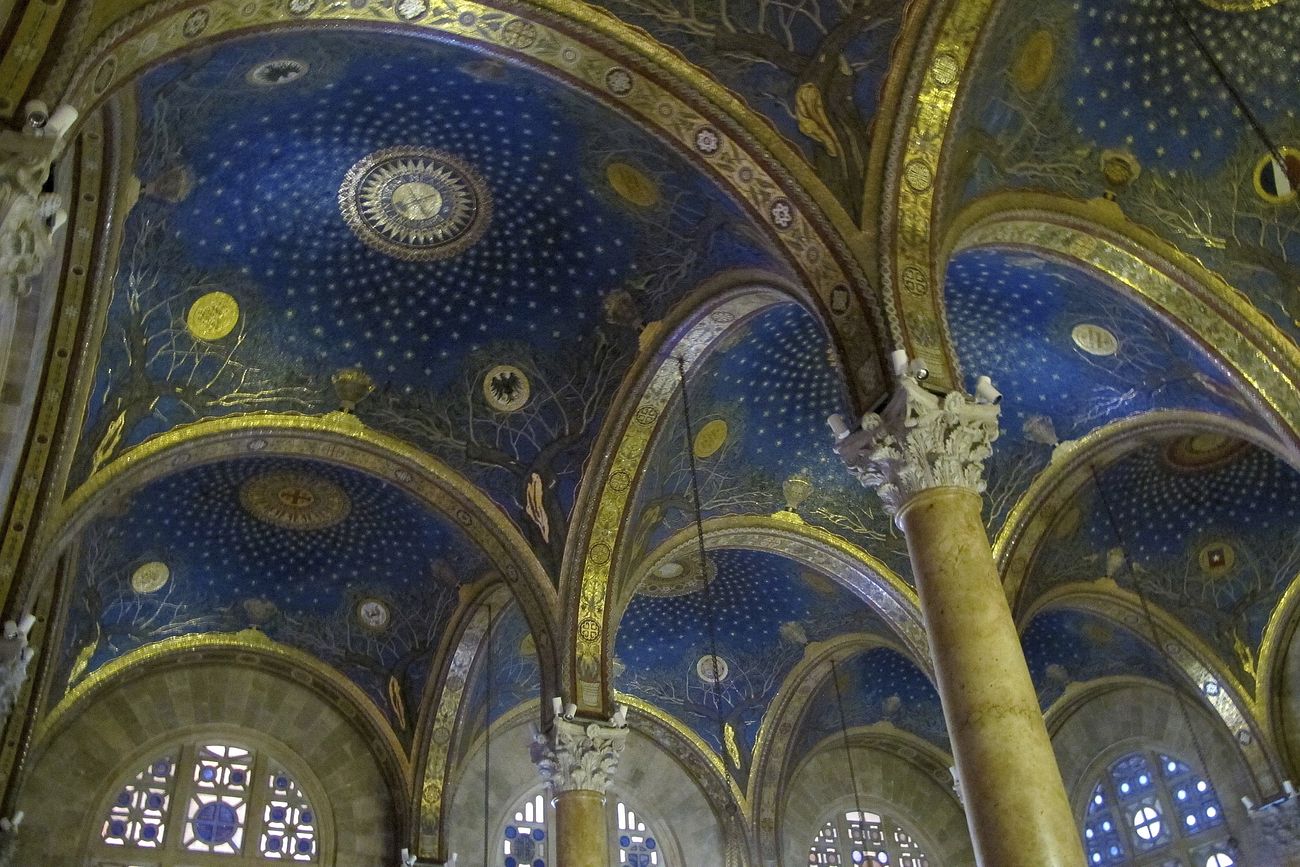
This next mention of Jesus is accepted by scholars as more in keeping with the authentic nature of Josephus’ chronicles. However, Carrier has his doubts about it.
“Among the things we have confirmed now is that all surviving manuscripts of the Antiquities derive from the last manuscript of it produced at the Christian library of Caesarea between 220 and 320 A.D., the same manuscript used and quoted by Eusebius, the first Christian in history to notice either passage being in the Antiquities of Josephus. That means we have no access to any earlier version of the text (we do not know what the text looked like prior to 230 A.D.), and we have access to no version of the text untouched by Eusebius (no other manuscript in any other library ever on earth produced any copies that survive to today). That must be taken into account.
The latest research collectively establishes that both references to Jesus were probably added to the manuscripts of Josephus at the Library of Caesarea after their first custodian, Origen—who had no knowledge of either passage—but by the time of their last custodian, Eusebius—who is the first to find them there. The long passage (the Testimonium Flavianum) was almost certainly added deliberately; the later passage about James probably had the phrase “the one called Christ” (just three words in Greek) added to it accidentally, and was not originally about the Christian James, but someone else. On why we should conclude thus I’ll explain shortly.
Both these additions may have been made by, or at the direction or under the supervision of, Eusebius…or his predecessor at the library, Origen’s successor, Pamphilus. The possibility that Pamphilus was the culprit has been overlooked by everyone in print so far. I mention it to further inform anyone who would ponder the options here. Evidence establishing Eusebius as the author is stylistic (I’ll summarize that shortly), but as Pamphilus taught Eusebius, it’s possible the stylistic features of Eusebius that are found in the Testimonium are actually the stylistic features of Pamphilus that were picked up by his student. As we don’t have any of the writings of Pamphilus, we can’t check to rule him out on stylistic grounds. (And it’s worth noting, every argument that has been attempted to rule Eusebius out, does not apply to Pamphilus; although I’ve never found those arguments very compelling anyway.)
Besides those observations, six things in all have changed since opinions were last declared on this subject:
Reliance on the Arabic version of the Testimonium must be discarded.
Attempts to invent a pared-down version of what Josephus wrote are untenable.
The Testimonium derives from the New Testament.
The Testimonium doesn’t match Josephan narrative practice or context.
The Testimonium matches Eusebian more than Josephan style.
Previous opinions on the James passage were unaware of new findings, and therefore require revision.”
Thus, there is considerable doubt about the veracity of what is accorded to Josephus as evidence of the knowledge of the life of Jesus of Nazareth.
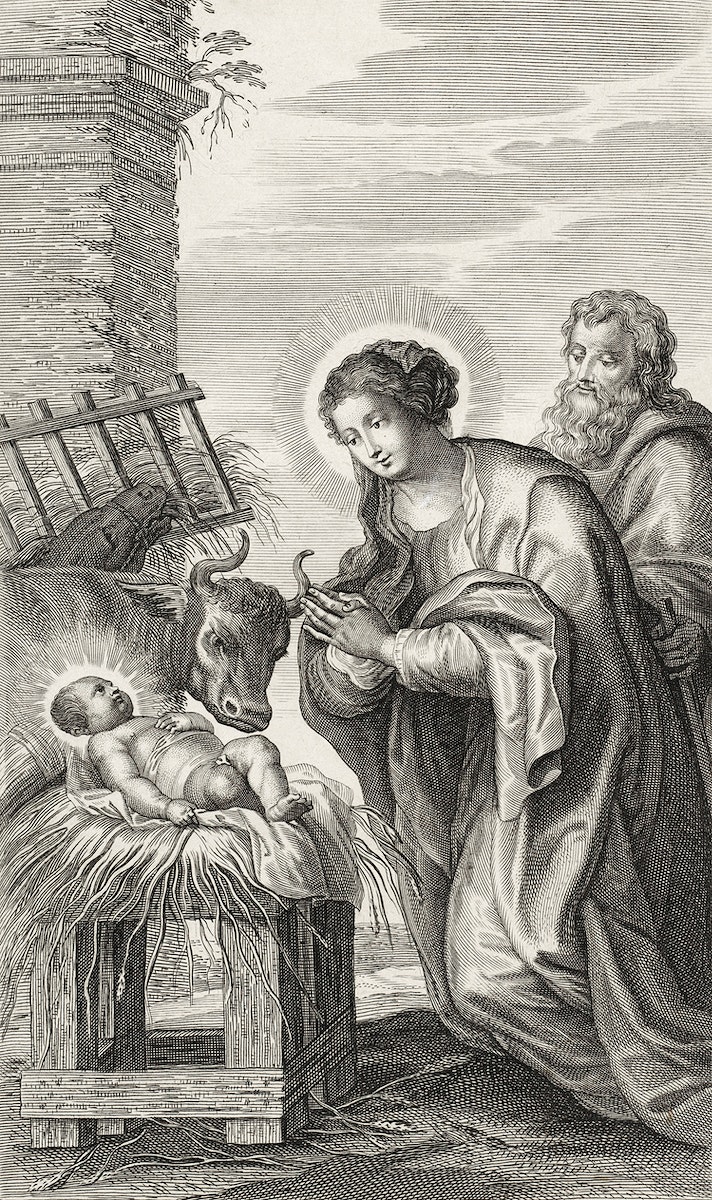
Historicity Of Christ All Hot Air No Real Tangible Evidence
Why are there no primary sources for the existence of Jesus Christ? It is very strange, indeed, if such a man existed. The Gospels are a much later fiction and written by whoever was responsible for furthering this myth or intimately involved in it at any rate. The epistles of Paul were written prior to the Gospels and in them Paul makes no mention of anything that occurs in the Gospels. Carrier points out how strange this is. Surely Paul would have known about these stories if they were true and actually had happened in the life of Jesus Christ? If you logically think about how this kind of thing usually happens and compare it to the mythologising of other iconic individuals like Alexander the Great or more recently Mahatma Gandhi. Followers and disciples recount stories about their master or leader. This does not occur in Paul or anywhere else prior to the creation of the Gospels.
Ancient Historians Suetonius To Tacitus
“According to Carrier, it is improbable that this passage is about Jesus Christ. His first argument is that Acts does not relate the expulsion of the Jews by Claudius to Christianity and depicts Jews at Rome knowing little about Christianity (Acts 28:17-28). His second argument is that Suetonius writes that the riots were instigated by Chrestus himself, although Jesus cannot have been in Rome in 49 AD.
… His [additional] arguments are: 1) No other source—even Acts—mentions that the expulsion has to do with Christians. 2) Suetonius knew who Christians are and would not have referred to them as Jews and would not have written “because of the instigator Chrestus” but “because of the Christians”. 3) The text says “Chrestus”, not “Christ”; Chrestus was a common name. 4) Claudius would have expelled the Christians, not the Jews, because the Jews had a protected legal status. 5) The word “instigator” refers to the person who performs the act (i.e., making disturbances) and not to someone who is dead.
It remains the simplest explanation, requiring the fewest additional assumptions, that when Suetonius says a man named Chrestus started Jewish riots in Rome, he means a man named Chrestus started Jewish riots in Rome. And it remains an unassailable fact of the Latin language that anyone who continued agitating in his name thereafter would be known as Chrestians. And it remains a material fact that the only manuscript we have of Tacitus describing the Neronian persecution originally referred to Nero’s scapegoats as Jewish agitators called Chrestians (sic). “
- (Richard Carrier, 2020)
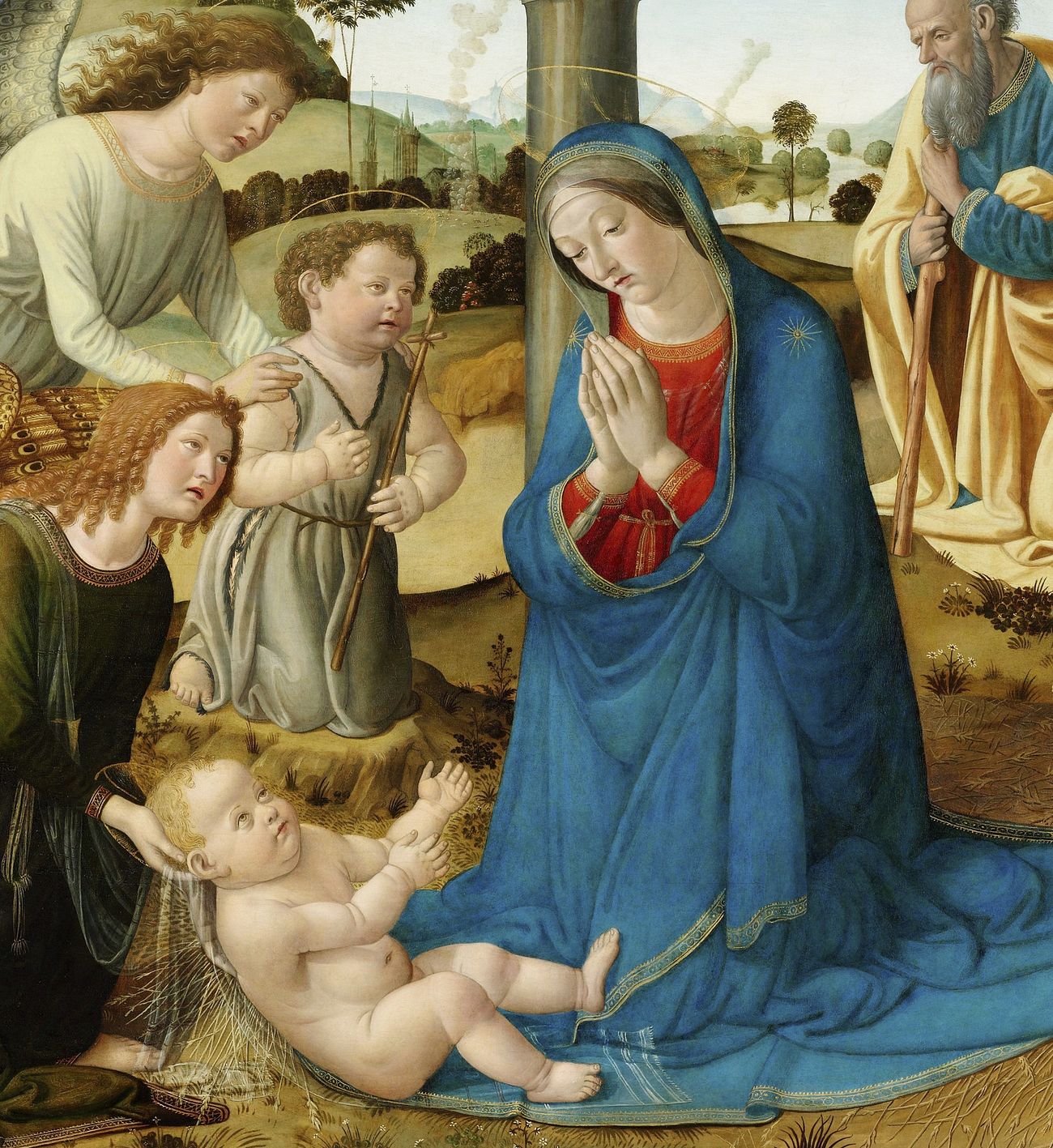
Ancient historian doubts evidence for Jesus Christ. The common theme running through this whole process is the readiness of too many to accept stuff without proper scrutiny. There is no archaeological evidence for the existence of Jesus of Nazareth. The historical references in ancient sources are all obviously fraudulent or highly questionable. The track record of Christian apologists cooking the books is damning stuff. It does not fill one with beneficent feeling toward their cause. It is difficult to take the high moral ground when your behaviour has been so appalling. Perhaps, it has been a case of too many little white lies producing a veritable industry of fabricated falsehoods over hundreds of years. Telling the truth, therefore, gets much harder with each passing generation. It takes a huge amount of courage to stand against the overwhelming force of the emperor’s new clothes. Calling out such a fiction becomes a massive cultural challenge. If there is a hole at the heart of the Christian story, where the protagonist is supposed to be, what does that tell us about ourselves? Apart from our susceptibility for such tall tales and con jobs on a grand scale.
The invention of Gods and saviours is a serious human habit. It repeats itself across cultures and over numerous civilisations.
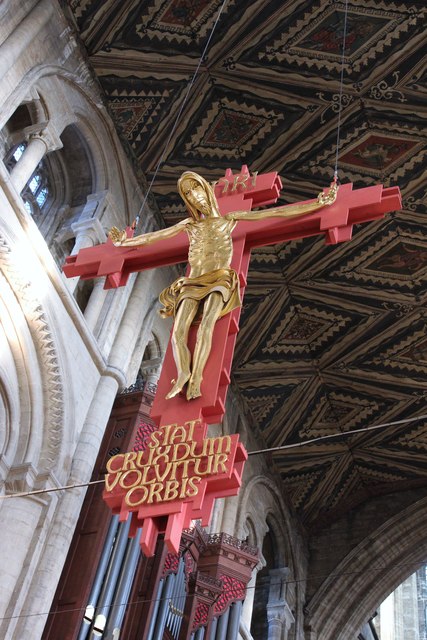
Art Impressed Upon The People The Power Of The Christian Stories
In the art world we see the prominent role played by commissioned great works of art. The Sistine Chapel frescoes by Michael Angelo. The countless masterpieces by Raphael and Caravaggio. The list of Christian art is long. These images brought the biblical stories alive in brilliant colour. Many of these art works were commissioned by the Church and displayed within their cathedrals and churches. This prodigious volume of public relations via the visual medium of pictorial and sculptural art was very important in selling the Christian message to the people. Going to church in medieval times was not a voluntary choice but a social requirement. These pictures spoke to a captive audience once a week at least and probably much more.
“The lives of the people of the Middle Ages revolved around the Church. People, especially women, were known to attend church three to five times daily for prayer and at least once a week for services, confession, and acts of contrition for repentance.”
Just imagine the impact that these huge paintings and frescoes had on the hearts and minds of the church goers. Many, perhaps, did not understand the Latin within the Bible but the art brought the moralistic stories to life and made them much larger than life. These pictures were the movies of their time.
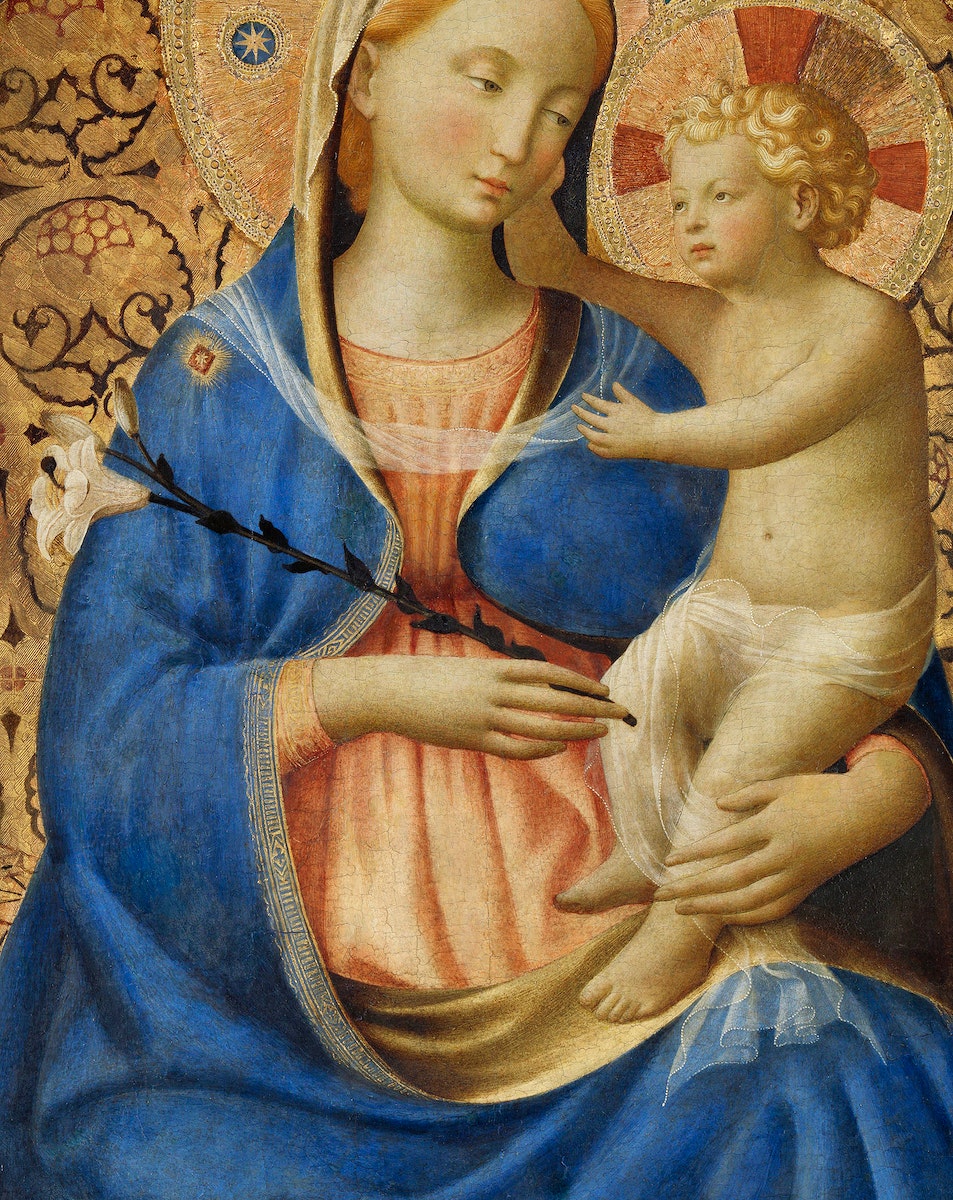
Creating The Christ Story & Christian Religion
The story of Jesus Christ and the creation of Christianity was an invention. The makers of it took bits of historical stuff and wove a narrative out of it like a complex rug. Anchoring it with the Jewish Torah, calling it the Old Testament, was important to help establish credibility in the existing religious biosphere. The story of Jesus, ending as it does with his death by crucifixion at age 33 did not provide any role model material for ‘how to live the good life.’ The Gospel messages had to be made up and drawn from other source material. Christianity as a religion was made up on the go, as all religions are. Christian apologists were busy at work from the very outset. Double meanings were another integral element within the Gospels. The blood sacrifice of the saviour was not unique by any means with mystery cults the flavour of the era. Allegorical stories with deeper esoteric meanings for the true believers established the mysteriousness of it for the Christ followers. Miracles are and were always a vital ingredient to impress the hoi poloi. Today, we have Qanon; and the belief in a ‘Q’ Gospel lost, which explains the inconsistencies within the accounts of Mark, Mathew, Luke, and John remains an open sore on the historical score. Conspiracy theories abound throughout the long story of Christianity. Constantine at the Council of Nicaea with his bevy of bishops was instrumental in defining Christianity in its early years. He complained about the endless disagreements between proponents of the new religion. It was a shit fight for sure.
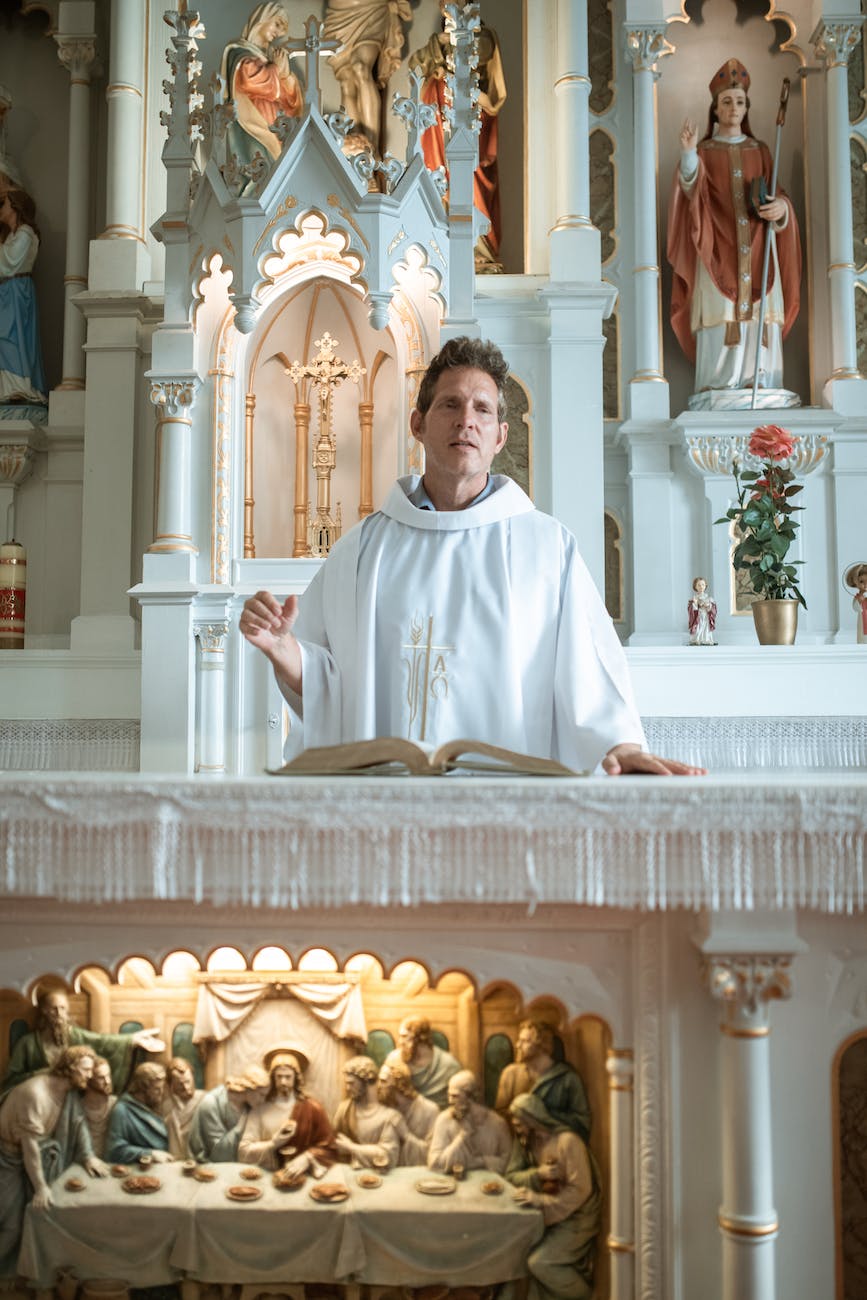
There are millions of Christians who know nothing about how their religion got started. They choose not to look too closely into the story. Believers want to believe, irrespective of the truth or veracity of their religion. This is, like Trump voters, a dangerous situation for the rest of us. Once you leave the truth behind it is very easy to do bad things. Of course, many such believers are harmless. Picking and choosing what you believe in without recourse to the facts is, however, a very slippery slope. It makes manipulating these people on the basis of their faith very easy. Christianity for many is a club with conditional membership predicated on abiding by conservative values. The love of Christ is not available for unrepentant sinners like homosexuals and members of other religions like Islam. In America, Christian nationalism has an angry and aggressive face towards those it condemns.
If Jesus had of been a real historical figure I do not believe that he would have found faith with many on the Christian right, around the world.
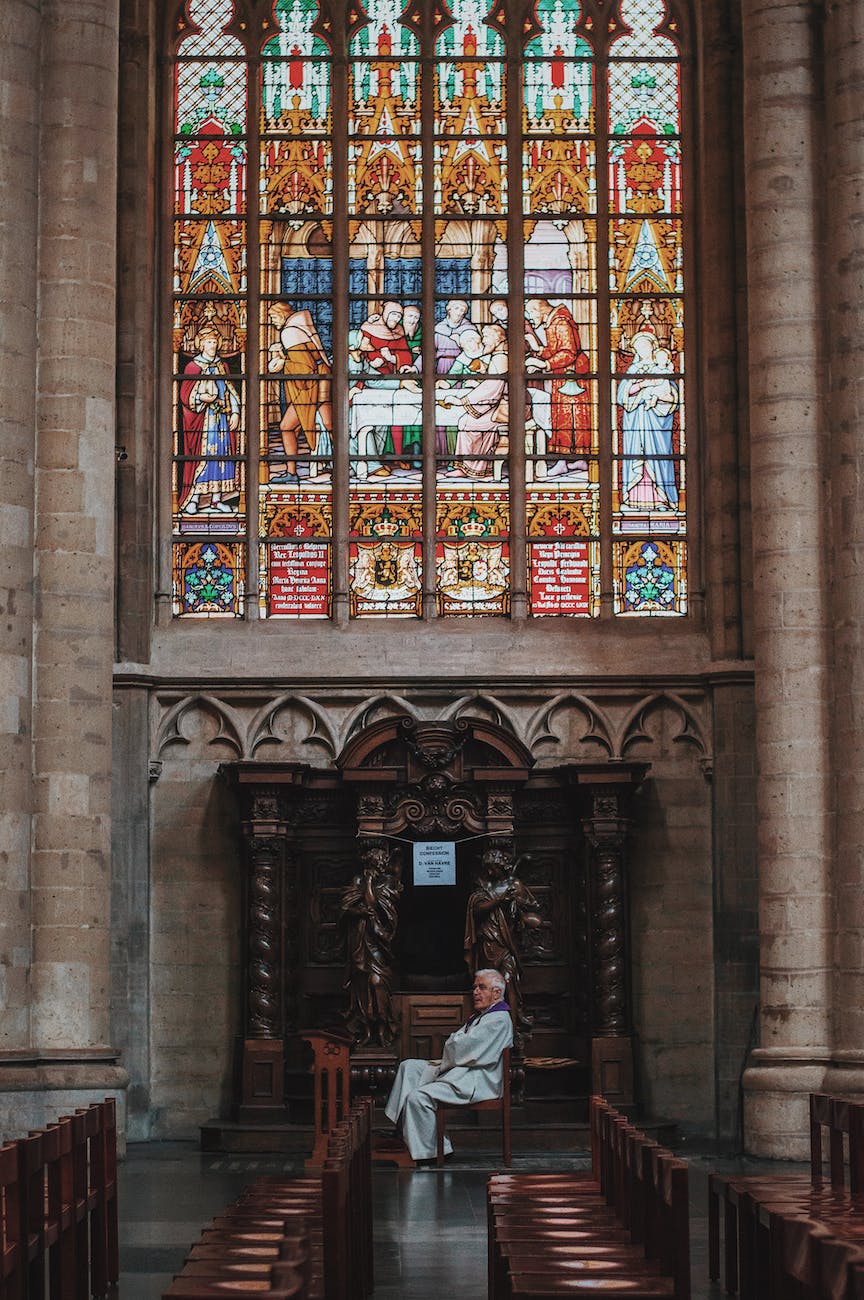
Stuff that maybe happened two thousand years ago is easily bent into shapes to serve whatever purpose is required. Ancient historians and archaeologists can barely find anything credible upon which to base biblical historicity upon. It is a whole heap of exaggeration and falsehoods feeding a parochial view of things. For a religion which often prides itself on moral absolutes its scribes transgressed every rule when it came to telling the truth.
Robert Sudha Hamilton is the author of Money Matters: Navigating Credit, Debt, and Financial Freedom.
©MidasWord










